Anduril Industries unveiled its Fury drone at the Paris Air Show, marking a bold step toward fully autonomous air combat. This high-endurance unmanned aerial vehicle (UAV), designed for intelligence, surveillance, reconnaissance (ISR), electronic warfare, and precision strikes, integrates advanced AI through Anduril‘s Lattice OS, offering a scalable, cost-effective alternative to manned systems. Fury’s debut signals a shift in military aviation, prioritizing autonomy and adaptability for modern warfare.
Cutting-Edge Technology Powers Fury
Fury’s design emphasizes long-range performance and mission flexibility. With a flight endurance exceeding 15 hours, it leverages a robust aerodynamic structure and significant internal fuel capacity to operate without external support. Its open architecture supports modular payloads, allowing seamless integration of sensors, weapons, or electronic warfare systems. The drone’s Lattice OS enables real-time decision-making, letting Fury execute complex missions independently in contested environments. Unlike legacy drones like the MQ-9 Reaper, Fury’s compliance with the Modular Open Systems Approach (MOSA) ensures easy upgrades and interoperability, reducing reliance on depot-level maintenance.
Operational Advantages for Modern Warfare
Fury’s ability to operate autonomously at scale redefines airpower. Its low-cost, high-performance profile supports distributed operations, enabling dozens of drones to conduct saturation strikes, surveillance grids, or electronic suppression missions simultaneously.
“Fury is not merely a new product, it is a strategic enabler for the next chapter in autonomous aerial warfare,” stated an Anduril representative at the Paris Air Show.
This capability proves critical in scenarios like Indo-Pacific operations, where reach and adaptability are paramount. Compared to systems like the Turkish Akinci, Fury’s reduced logistics footprint enhances expeditionary deployments.
Industry and Strategic Implications
Fury’s digitally driven development, built on commercially available subsystems, prioritizes affordability and rapid production. This approach contrasts with traditional drone programs plagued by high costs and long timelines. Its compatibility with U.S. Air Force and Navy initiatives, such as the Collaborative Combat Aircraft (CCA) program, positions it as a frontrunner for future contracts. Interest from Five Eyes partners and European defense buyers, noted during the Paris Air Show, suggests strong export potential. Fury’s scalable production and commercial-off-the-shelf (COTS) integration make it an attractive option for nations seeking cost-effective alternatives to stealth fighters or high-end drones, with discussions for foreign military sales already underway.
What’s Next for Autonomous Combat
Fury’s unveiling underscores a broader industry trend toward AI-integrated, autonomous systems. Its ability to perform in swarming scenarios and manned-unmanned teaming aligns with evolving military doctrines, particularly for NATO and U.S. allies. By reducing risks and costs associated with manned aircraft in contested areas, Fury offers a glimpse into the future of air dominance. As procurement strategies shift toward scalable, software-defined platforms, Anduril’s Fury stands poised to shape the next era of aerial warfare, balancing performance with operational efficiency.
Photos courtesy of Anduril / X
Discover more from DroneXL.co
Subscribe to get the latest posts sent to your email.

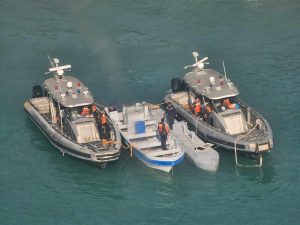




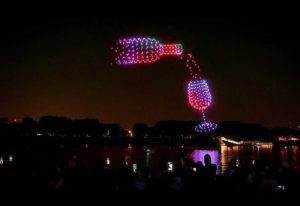
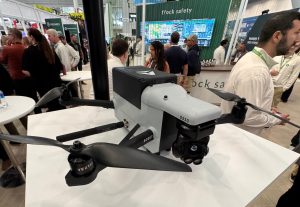

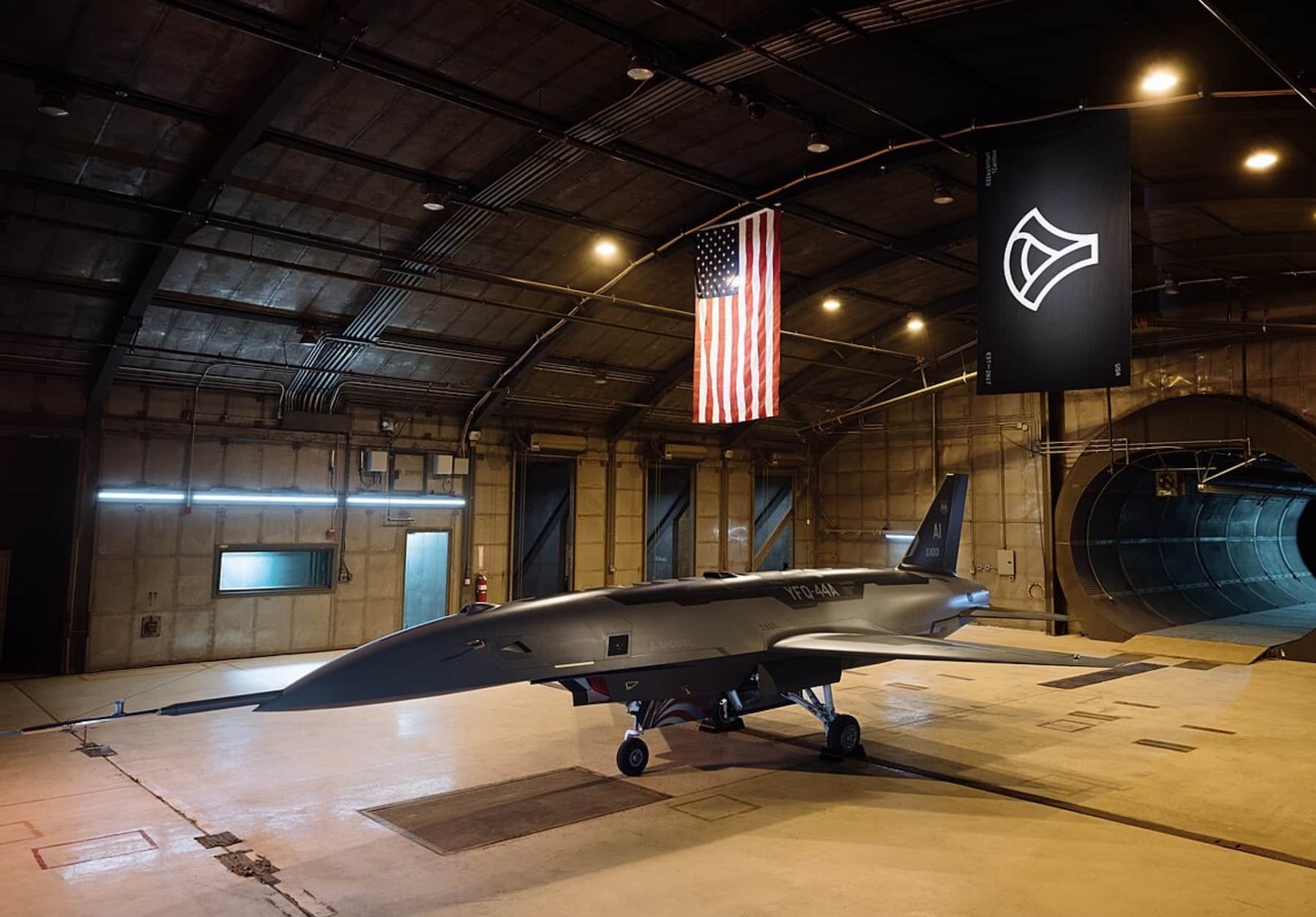

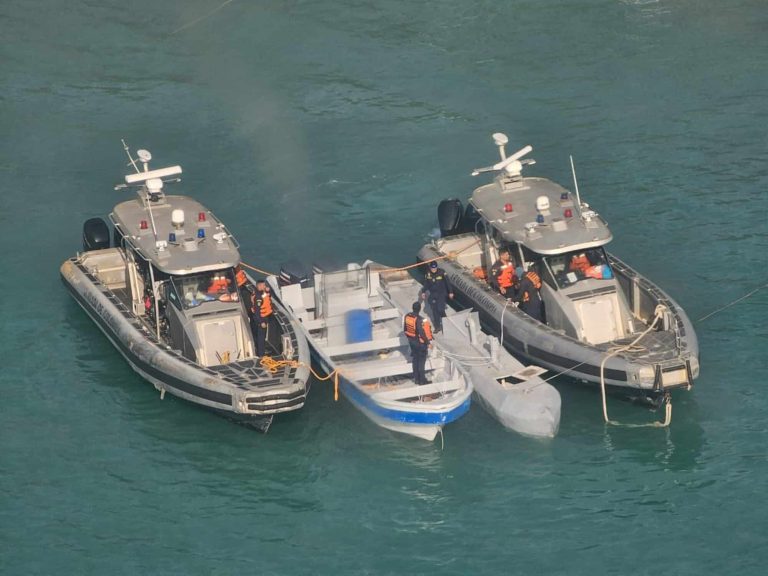


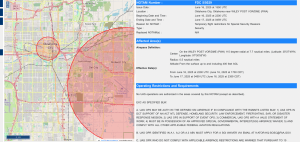

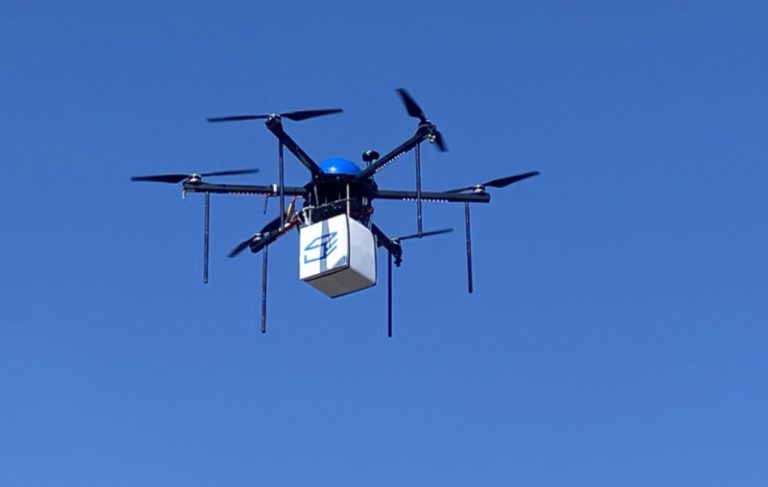

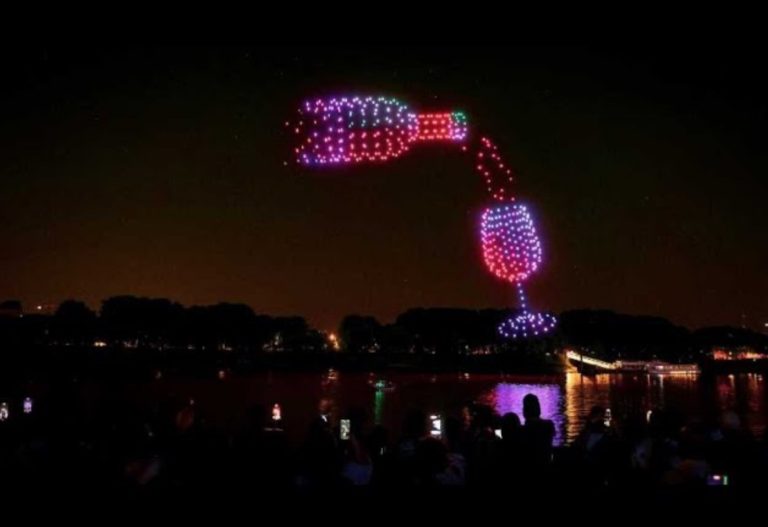
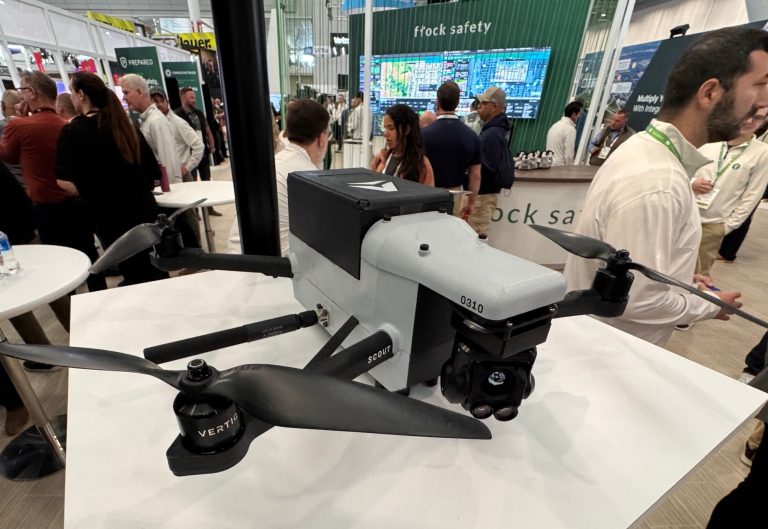
+ There are no comments
Add yours